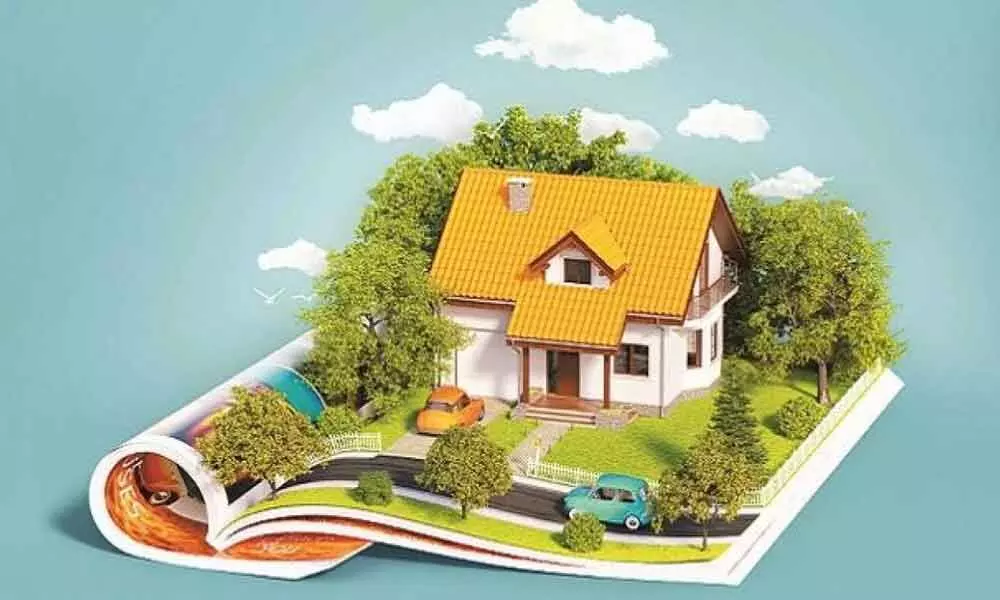Realty hopeful of demand spurt, recovery in 2021
image for illustrative purpose

New Delhi: The pandemic-battered India's real estate sector closed 2020 on a resilient note, as it recovers from the lows witnessed during the first half of 2020 and enters the new year with high hopes of demand revival.
Market participants expect a rise in demand in both residential and commercial real estate going ahead.
Anuj Puri, Chairman of Anarock Property Consultants noted that the Indian residential real estate market proved its resilience in 2020, and 2021 holds promise for commercial office and residential real estate, as well as warehousing and data centers.
Anarock data showed that the residential segment has shown a strong recovery in the second half of the year, with nearly 85,000 units launched across the top seven cities, recording a two-fold growth over first half of 2020.
Sales during the second half were recorded at nearly 80,400 units, almost 40 per cent more than the first half of the year.
Niranjan Hiranandani, President, National Real Estate Development Council (NAREDCO) said that the last quarter FY2019-20 showed signs of revival due to a series of economic and policy steps of the Centre, but the pandemic-induced lockdown brought Indian economy to grinding halt, wherein Indian real estate was badly affected, he added.
"It was arguably, the most challenging time that Indian real estate has witnessed. With migrant labour reverse-migrating, customers unable to visit project sites, liquidity crunch and breakdown in the supply chain, it was a period of despondency," Hiranandani said.
He, however, said that the silver lining to dark clouds was digital modes that came as a rescue, amidst enhanced automation and mechanisation and real estate players had to quickly brace up and tune their promotional and interactive activities through digital platforms to communicate with their visitors and prospects.
JC Sharma, Vice Chairman and Managing Director, SOBHA Limited said that creating digitally enabled business models have suddenly become the norm. Further, low interest rates along with other liquidity measures by the government and the Reserve Bank of India (RBI) also supported the sector.
"To boost housing demand, the Finance Minister had announced measures like an additional outlay of around Rs 18,000 crore for PM Awas Yojana. This relief is expected to lift the demand, particularly in the affordable and mid housing segments," said Aditya Kushwaha, CEO & Director Axis Ecorp.
Likewise, a record low rate of home loans, relaxation on stamp duty in a few states and easing of RERA regulation have been instrumental to motivate investors to invest in real estate, he added. According to Kushwaha, demand has been increasing rapidly over the last few years in tier-II cities owing to better opportunities, infrastructure growth, and connectivity improvements.
He also noted that while tier-II cities offer better value-based pricing and larger spaces and lower cost of construction, there are also constraints like easy approval of FDI for projects in these cities. This can be made easier by the government through policies and tax level initiatives and benefits that could entice people to stay back in the city, Kushwaha said.
Spenta Corporation's MD, Farshid Cooper said that most companies are opting for Work From Home (WFH) which gives rise to housing demand in Tier-II and III cities and there is a sense in shifting to locations within an affordable locality. Additionally, NRIs are seeing real estate as a lucrative investment option, he said.
"We have high expectations from the upcoming budget of 2021-2022 which shall focus on reviving the stalled economic sector," Cooper said.

